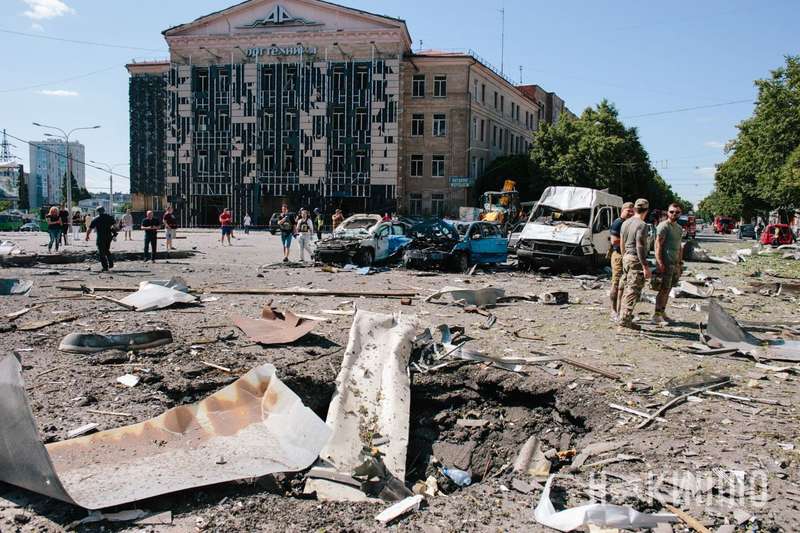New Russian rocket-powered KABs mimic cruise missiles — but NATO is testing solution to shoot them down

The Russians have begun using guided aviation bombs, also known as KABs, with rocket engines to strike Ukraine, but air defense systems are capable of shooting them down. Such bombs have already been recorded in the skies over Odesa, Mykolaiv, and Poltava oblasts, Suspilne reports.
A few days ago, the first strikes with these new rocket‑propelled KABs were recorded during the full‑scale war, with a range of 140 km. Russia is modifying the bombs, and there is a chance they could reach 200 km in the near future and even strike the capital, Kyiv.
Comment from the Air Force and strike confirmation
Yurii Ihnat, head of communications for the Air Force of the Armed Forces of Ukraine, says that the Russians are using the new KAB modifications selectively, primarily to test the effectiveness of Ukraine’s defenses.
“This is the bomb released from an Su‑34: by flight parameters, it resembles a cruise missile, so it can be intercepted by air defense systems,” Ihnat explains.
He confirmed that Air Command South shot down two such KABs. Another fell in open terrain without consequences. Specialists are already determining the type of munition.
New strikes — impact on cities and infrastructure
On 26 October, Russia launched a guided aerial bomb of a new modification toward Kryvyi Rih in Dnipropetrovsk Oblast.
Its debris damaged an industrial enterprise. Rescuers were deployed to the impact site to extinguish a fire. One person was injured in the city. The day before, the Russians struck Kamianske in Dnipropetrovsk Oblast for the first time with rocket‑powered aerial bombs of the UMPB‑5/Grom‑E type.
Regional risks and expert assessments
Vadym Kushnikov, an analyst for the portal “Militarnyi,” said on air that, given the Kyiv Oblast's proximity to the Russian border, some objects there could fall into the risk zone and be within reach of these new aerial munitions, per 24 Channel.
“As for the city of Kyiv, the distances are a little greater there, and accordingly, the chances of effective and successful use are significantly lower,” he stressed.
NATO and Ukraine test innovations to intercept KABs
On 24 October, Ukraine’s Ministry of Defense reported that the NATO‑Ukraine Joint Analysis, Training and Education Center and NATO Allied Command Transformation conducted the next phase of tests of an innovative solution to counter guided aviation bombs.
During tests at a French range, developer teams evaluated a comprehensive technical solution under adverse weather conditions — radar, AI‑based software, and a drone interceptor.
The statement notes that a radar equipped with an advanced sensor suite detected, tracked, and engaged a simulated “hostile” target. Then, using AI software, the drone interceptor followed a pre‑computed trajectory to engage the target.
“The development has progressed from concept to prototypes of various levels of technological implementation and is intended to protect Ukrainian soldiers and civilians from one of the most destructive threats of modern warfare,” the statement said.
The project to counter Russian guided aviation bombs began in March 2025 with the 15th NATO innovation contest hosted at the NATO center.
Ukrainian specialists are directly participating in the tests and providing expert assessments, allowing the solution to be adapted to the realities of the modern battlefield.
Read also
-
More Mirage aircraft and Aster missiles are en route to Ukraine, says Macron after meeting Zelenskyy and allies
-
Royal Navy operates under direct NATO command in first-ever Russian warship intercept
-
Advanced “electronic sky” may be solution against Russia’s new guided missiles with war-record range
-
Syrskyi discusses aid packages with NATO chief in Europe as Russia’s terror campaign intesifies